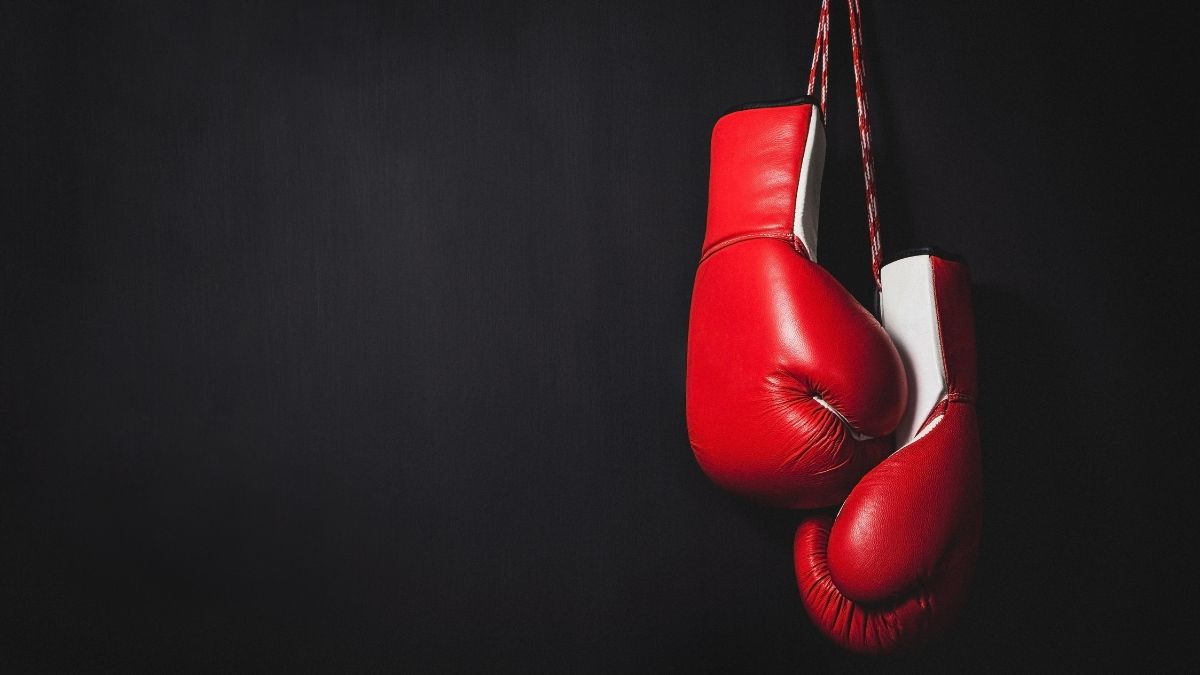The Controversial Judging in Boxing
The Controversial Judging in Boxing
Notable Boxing Riots and Their Causes

Notable Boxing Riots and Their Causes
In the world of sports, few spectacles can match the raw, visceral thrill of a boxing match. The tension in the air, the roar of the crowd, and the anticipation of a knockout blow combine to create an electrifying atmosphere. However, this intense passion and partisanship have sometimes boiled over, leading to events that have etched themselves into the annals of boxing history not for the skill of the fighters but for the chaos that ensued. Let’s delve into some of the most notable boxing riots and explore the underlying causes of these unforgettable eruptions of violence.
The Bowe-Golota Riot of 1996 stands as a prime example of how quickly a boxing match can descend into mayhem. On a hot July night at Madison Square Garden, Riddick Bowe and Andrew Golota faced off in a match that was charged with tension from the outset. Golota, despite dominating the fight, was disqualified for repeated low blows, a decision that ignited the powder keg of the crowd’s frustration. The result was a full-scale riot, with spectators throwing chairs, bottles, and even engaging in fistfights. The riot was not just a manifestation of anger at the fight’s outcome but also a release of the underlying racial and ethnic tensions among the diverse crowd. The chaos left several people injured and led to numerous arrests, casting a long shadow over the sport.
Crossing the Atlantic, the British boxing scene has also witnessed its share of disturbances. One of the most shocking occurred in 1995 after a fight between Nigel Benn and Gerald McClellan. McClellan suffered life-threatening injuries, and the aftermath of the fight was marked by a somber atmosphere. However, the tension exploded into violence among the spectators, fueled by a mix of alcohol, high emotions, and the tragic outcome of the bout. The riot was a stark reminder of the thin line between passionate support and dangerous aggression in sports.
Another riot that shook the boxing world happened in 2001, after the fight between Julio César Chávez and Kostya Tszyu. The fight, held in Phoenix, Arizona, saw Chávez, a beloved figure in boxing, defeated by Tszyu. The crowd’s displeasure at the stoppage by Chávez’s corner led to an outburst of violence in the arena. Fans threw objects into the ring and at each other, causing injuries and leading to a swift and heavy police response. This riot was not just about the dissatisfaction with the fight’s conclusion but also reflected the deep emotional investment of the fans in their heroes.
These incidents, while regrettable, serve as a mirror reflecting the intense connection between boxers and their supporters. The violence that erupted was not solely about the decisions made in the ring but also about the complex web of social, ethnic, and national identities that fans bring with them to these events. They remind us that boxing, like all sports, is more than just a game or a contest of strength and skill. It is a deeply emotional experience that can, on occasion, overwhelm the boundaries of civility.
In conclusion, the notable boxing riots throughout history serve as powerful reminders of the sport’s ability to evoke deep passions and intense emotions. These events, marked by chaos and violence, highlight the complex interplay between athletes and their supporters, underscoring the profound impact of sports on human emotions and societal tensions. As we reflect on these tumultuous moments, we are reminded of the need for understanding, tolerance, and respect in the face of the profound connections that tie us to the sports we love.